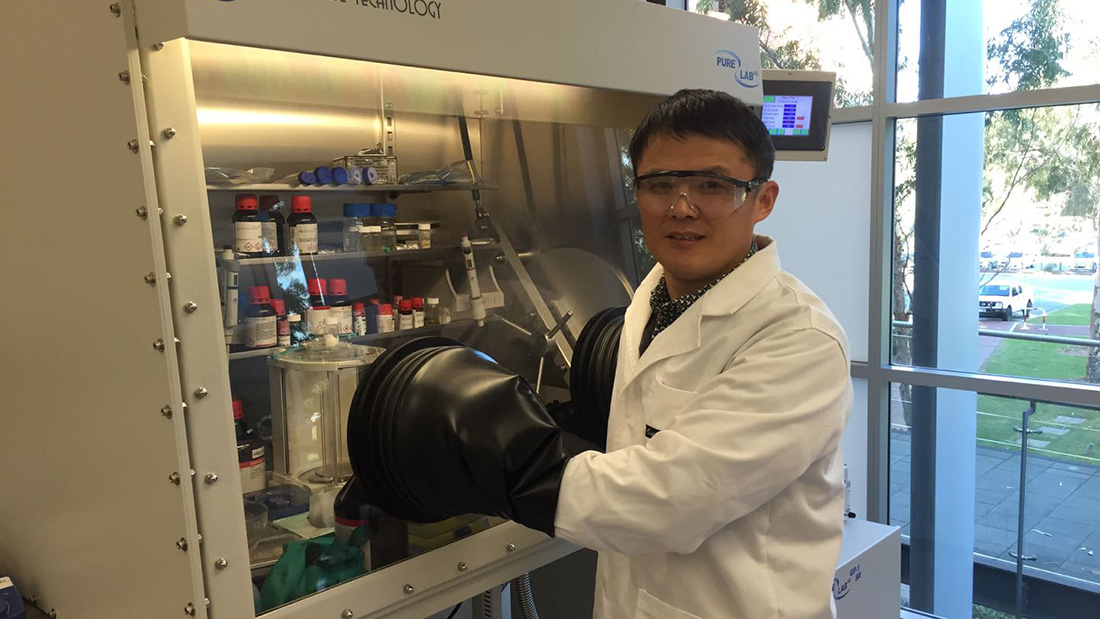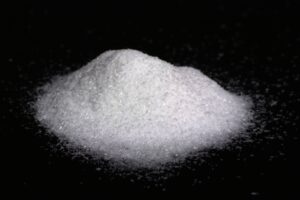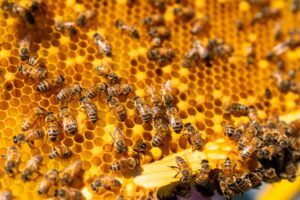It might not come as a surprise to West Australians, but our state gets a lot of sunshine. Perth bakes in the sunshine every year, but other than catching some rays, what else can we use all our sunlight for?
As obvious as the answer might be (solar – for those playing at home), there’s been a quiet surge to create new and better solar technology.
And it starts down at the nano level.
NANO WHAT?
Dr Guohua Jia and his team at Curtin University have been working on an unusual use for solar energy – using nanocrystals to produce hydrogen fuel.
Nanocrystals, as the name suggests, are crystals only nanometres wide. For some perspective, one nanometre is one million times smaller than the width of a human hair.
At this scale, materials start behaving differently – some even change properties such as colour.
“Certain materials will change the emitting colour from red to blue, just by changing the size of their particles,” says Guohua.
For Guohua’s team, they’re using these nanocrystals as a catalyst in solar technology to produce hydrogen fuel.
“We cannot imagine how newer technologies will revolutionise our society and economy,” says Guohua. “In the long term, clean fuels like hydrogen will have a bright future.”
And these nanocrystals just so happen to be perfect for making hydrogen fuel using solar energy.

BURN, BABY, BURN!
To make hydrogen fuel, you need to split water into hydrogen and oxygen, which takes a lot of energy. But with Guohua’s catalytic nanocrystals, the reaction happens in normal sunlight.
This is huge news for lowering carbon emissions, because hydrogen fuel is clean. When you burn it, all you produce is water. No carbon oxide, no smog.
But while exciting, this breakthrough still needs work before we’ll see it in our homes.
“The future is bright, but there is still a long way to go to achieve use for this technology on an industrial scale.”
ACROSS THE WATER
One of the challenges with a changing climate is disruption to our agricultural systems. But what if we had greenhouses that could use solar energy-harvesting glass?
These energy-harvesting greenhouses could help crops grow in any climate or season. And a team at Edith Cowan University (ECU) have been working on building just that.
Using nanoparticles, the glass harvests solar energy, drawing out 90% of the Sun’s ultraviolet and infrared rays. These rays are then captured by solar cells on the edge of the panels. The cells can power the greenhouse’s lighting, temperature, water desalination and irrigation.
CLEAR ANSWERS
The glass panels also let through 70% of visible light, which is important for the actual plants to grow.
The directory of ECU’s Electron Science Research Institute is Kamal Alameh, a long-time researcher of solar technology.
In a recent interview with the ABC, he explained why capturing the UV and infrared light can improve greenhouse efficiency.
“In a closed environment, you don’t need a lot of water, so you don’t need a lot of energy to filter the water if you have underground water.
“You also don’t need a lot of cooling and heating because we use these thin-film coatings to actually block the unwanted radiation so that we can save on the energy used for cooling and heating.”
All that sunshine makes WA not just a great place to life but a hub of some very exciting technology.









